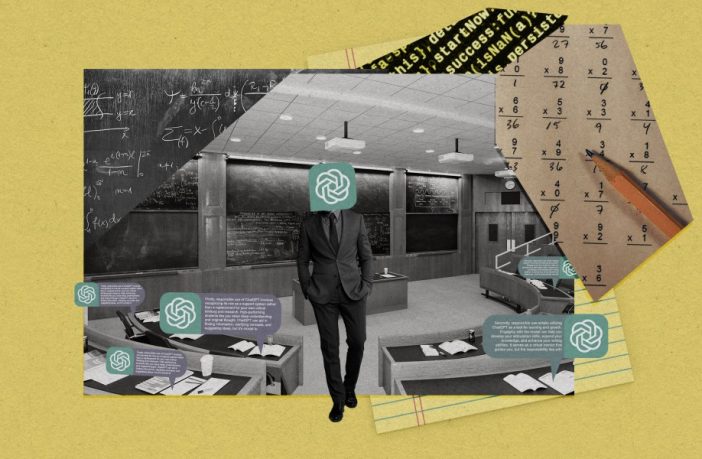How an elite university is approaching ChatGPT this school year
The big news this year seems to be the same one that defined late last year: ChatGPT and other big language models. This past winter and spring made headlines for AI in the classroom, with some panicked schools going so far as to ban ChatGPT altogether. My colleague Will Douglas Heaven wrote that now was not the time to panic: Generative AI, he argued, will change education but not destroy it. Now, with the summer months having offered some time for reflection, some schools seem to be reconsidering their approach.
To get some insight into how higher education institutions are now approaching technology in the classroom, I spoke with Jenny Frederick.. She is Associate Dean at Yale University and founding director of the Poorvu Center for Teaching and Learning, which provides resources for faculty and students. She also helped lead Yale’s approach to ChatGPT.
In our conversation, Frederick explained that Yale never considered banning ChatGPT and instead wanted to work with he. Here I share some of the key points and most interesting parts of our conversation, which have been edited for brevity and clarity.
Generative AI is new, but asking students to learn what machines can do is not.
On the teaching side, it is really important to revisit: What do I want my students to learn in this course?
If a robot could do this adequately, should I rethink what I’m asking my students to learn, or raise the bar on why it’s important to know this? How do we talk to our students about what it means to structure a paragraph, for example, or to do their own research? What do (students) gain from this work? We all learn long division, even though calculators can do it. What is the purpose of this?
I have an academic advisory board for the Poorvu Center, and we have a calculus professor in the group, and he laughed and said, “Oh, it’s kind of fun for me to see you all struggling with this, because we mathematicians had to deal with the fact that machines could do the job. This has been possible for some time now, for decades.”
We must therefore think of justifying the learning that we ask of the students when, yes, a machine could do it.
Tech




